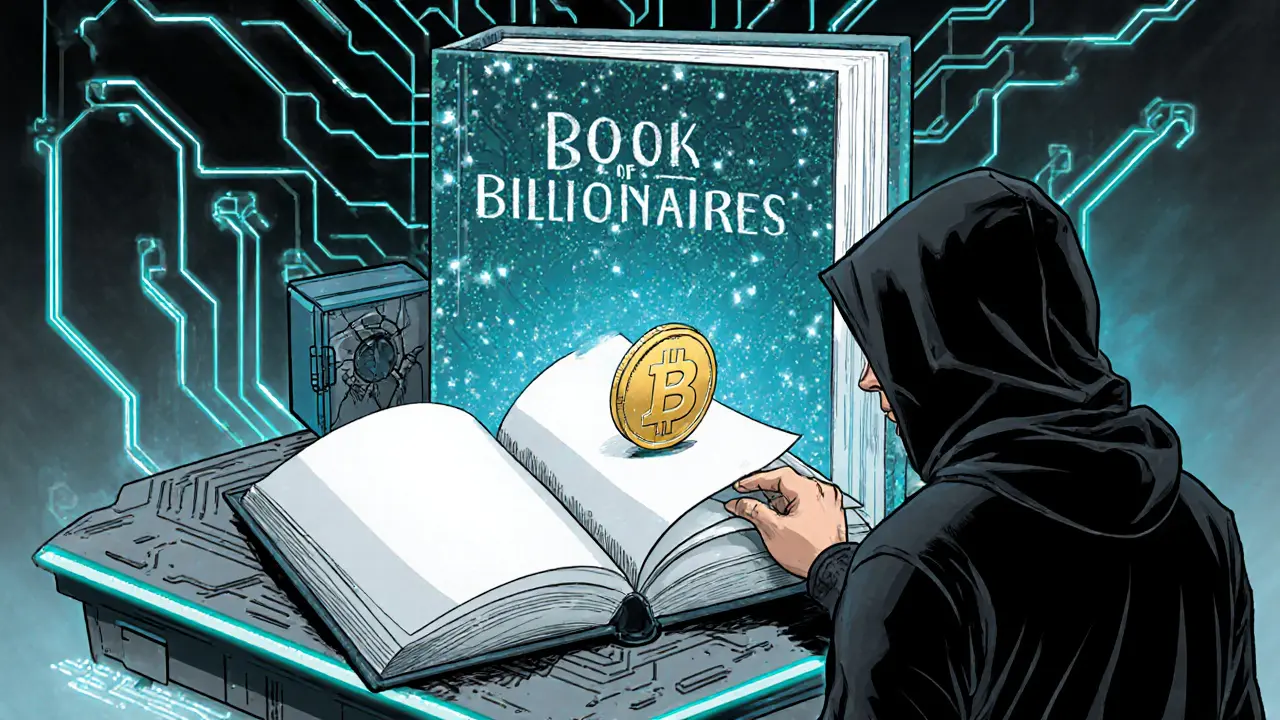BOOK OF BILLIONAIRES (BOBE) Explained: What It Is, Specs, Risks & Trading Guide
Explore what BOOK OF BILLIONAIRES (BOBE) crypto is, its specs, market data, trading steps, risks, and how it stacks up against real meme coins.
Continue ReadingWhen working with BOBE token, a newer cryptocurrency that aims to blend utility and community rewards. Also known as BOBE, it sits at the intersection of token design and market adoption.
One of the first things you’ll notice about the BOBE token is its Tokenomics, a structured set of rules governing supply, distribution, and incentives. The tokenomics model includes a capped supply, a staking reward schedule, and a liquidity‑provision fee that feeds back into the ecosystem. This design aims to keep price swings manageable while rewarding long‑term holders. Because tokenomics directly shapes user behavior, it also determines how the token fits into broader DeFi strategies.
Another key piece of the puzzle is the Airdrop, a distribution method that gives free tokens to early supporters or specific community members. The BOBE airdrop program uses snapshot dates, wallet eligibility criteria, and tiered rewards based on past activity. Participation in the airdrop not only boosts initial circulation but also seeds a ready‑made user base that can immediately engage with DeFi protocols built around BOBE.
DeFi, or decentralized finance, is the environment where BOBE really tries to shine. As a DeFi asset, it can be supplied to lending platforms, paired in liquidity pools, or used as collateral for borrowing, giving holders multiple ways to earn yield. The token’s smart‑contract integrations are purpose‑built for interoperability, meaning you can move BOBE between Ethereum, BSC, or Polygon with minimal friction. This flexibility ties back to tokenomics, because the more use cases a token has, the stronger its demand signal becomes.
Regulatory outlook can make or break a crypto project, and BOBE is no exception. Under Crypto regulation, rules governing securities classification, AML/KYC compliance, and tax reporting affect how exchanges list the token. Recent guidance from Japan’s FSA and the EU’s MiCA framework pushes projects to disclose tokenomics details and secure proper licensing. For BOBE, staying compliant means transparent audits, clear token classification, and ongoing dialogue with regulators to avoid sudden delistings.
Exchange listings are the next logical step after a successful airdrop and solid DeFi integration. Platforms like P2B, CoinW, and YokaiSwap evaluate a token’s liquidity, security audits, and community size before adding it to their order books. Because BOBE’s tokenomics includes a built‑in liquidity‑provision fee, exchanges often see lower volatility and higher trading volume, which in turn attracts more traders. This cycle—strong tokenomics, active DeFi use, and compliant regulatory posture—creates a virtuous loop that encourages broader adoption.
Market metrics such as Total Value Locked (TVL) and underground premium pricing also play a role in BOBE’s story. When TVL on BOBE‑linked pools rises, it signals confidence from yield farmers and can lead to higher market caps. Conversely, in regions where crypto bans exist, underground premiums may push BOBE’s price above its on‑exchange value, highlighting arbitrage opportunities. Understanding these trends helps investors gauge risk and spot entry points.
Below you’ll find a curated set of articles that dive deeper into each of these areas—tokenomics breakdowns, airdrop claim guides, DeFi integration tutorials, and regulatory updates. Use them to sharpen your strategy, whether you’re just learning the ropes or fine‑tuning an advanced portfolio.

Explore what BOOK OF BILLIONAIRES (BOBE) crypto is, its specs, market data, trading steps, risks, and how it stacks up against real meme coins.
Continue Reading